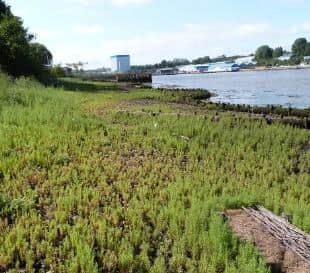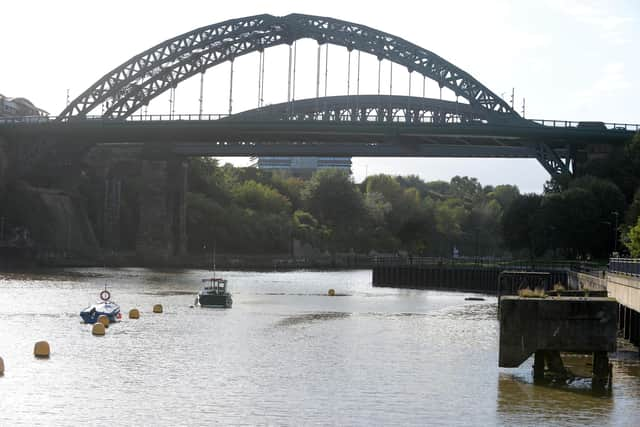New scheme launched to help Wear Estuary wildlife to thrive once more after years of heavy industry
and live on Freeview channel 276
The pilot scheme aims to provide a new habitat for birds and marine animals by creating saltmarsh where the creatures can thrive.
This is achieved by growing seagrass, which are the only flowering plants able to grow in marine environments.
Advertisement
Hide AdAdvertisement
Hide AdThe scheme is to be monitored and, if successful, could see other similar schemes brought into the area in the future.


The initiative has come about after funding was provided by the Environment Agency’s Water Environment Improvement fund, with help from manufacturing giants Liebherr, which runs a manufacturing plant on the River Wear in Deptford, making components for maritime cranes.
Environmental charity Groundwork is the other partner involved in the scheme.
The project is part of a wider programme which will investigate how a variety of environmental improvements on the river’s edge can improve its estuary for both wildlife and humans.


Advertisement
Hide AdAdvertisement
Hide AdThe improvements have been designed using aqua rock bags and brushwood fascines – paths across wet terrain. This builds up the foreshore to create a terrace at the right height, which helps the animals to “colonise” the area.
Saltmarsh is crucial to the success of the scheme due to its “excellent carbon capture capacity”. It gives increased biodiversity and provides much needed shelter for juvenile fish.
Melanie George, project manager at the Environment Agency, is delighted with what has been done so far.
She said: “It’s great to see novel techniques being trialled and valuable habitat created in the area of the Wear Estuary that has been heavily modified through past industrial use.
Advertisement
Hide AdAdvertisement
Hide Ad“By working closely with partners we can bring great benefits to the environment through improved water quality and diversity.”
This follows the news from further down the River Wear that Port of Sunderland has taken delivery of more than 20,000 tonnes of rock, which will be used to create nearly 400 metres of new revetment – sloping structures which absorb and dissipate the energy of waves – for its sea defences at Stonehill Wall and the Hendon Foreshore Barrier.
